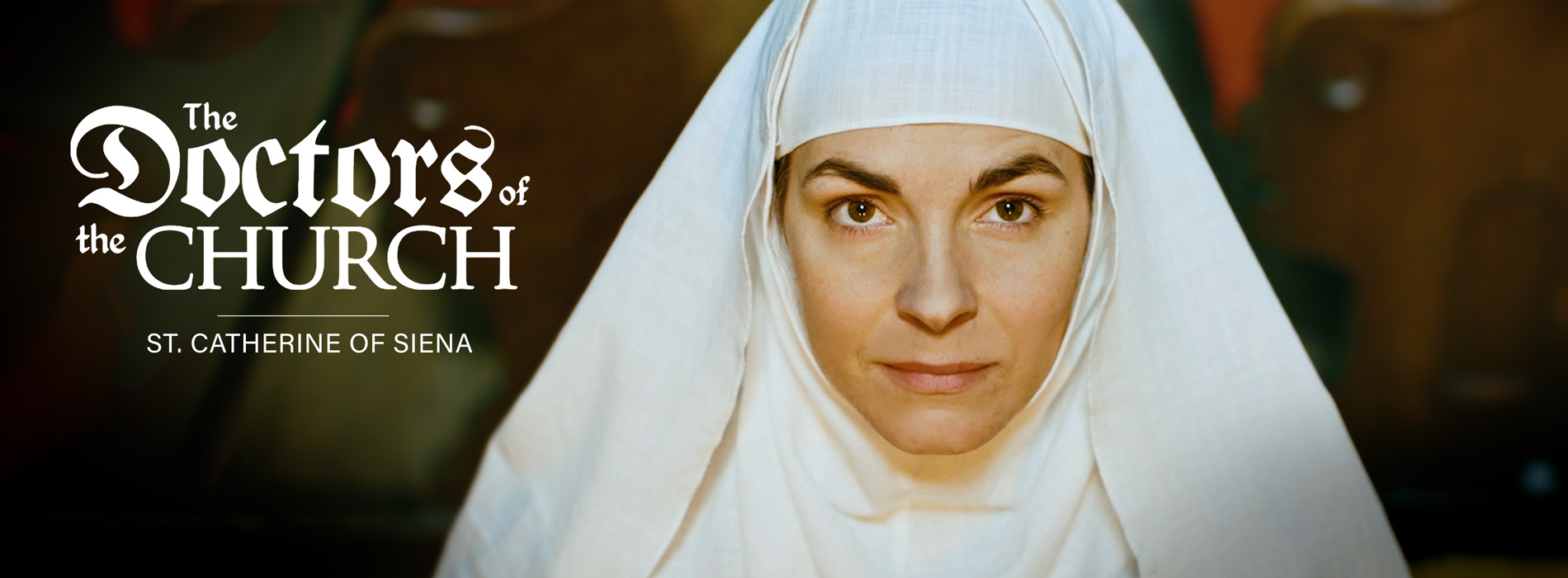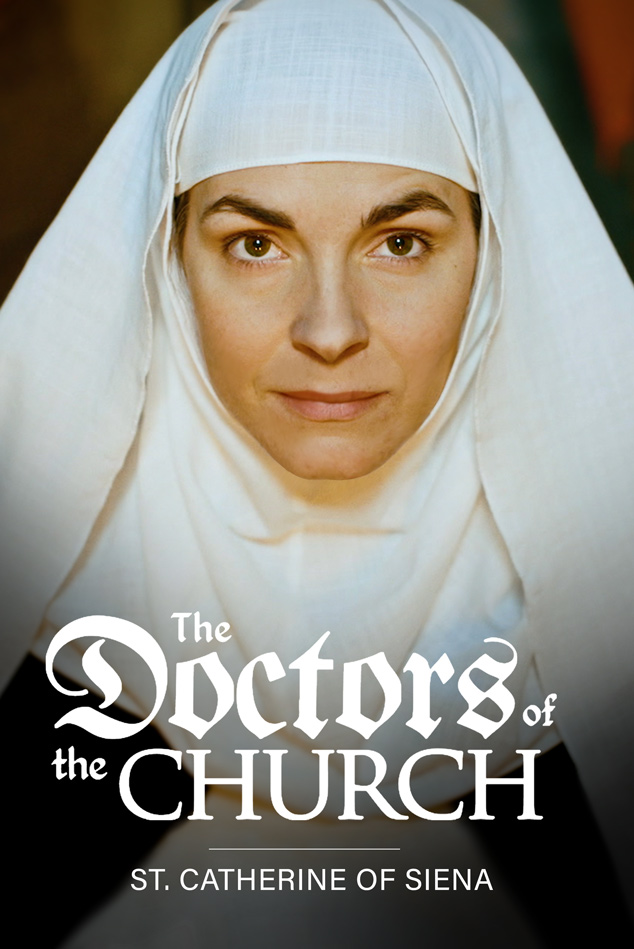Episode Two: St. Catherine of Siena
A great medieval mystic and patron saint of Italy, Catherine was born in Siena, one of the numerous children of a Sienese dyer. Receiving mystical experiences and visions in her youth, she refused her parent's desire for her to marry and instead joined in 1367 the Third Order of the Dominicans. Catherine devoted herself to the care of the poor and sick and to prayer. Word of her devout nature soon spread, and she gathered about her a remarkable group of disciples and followers, who came to be called Caterinati, friends who traveled with her on her many journeys. In 1375, she resolved to do what she could to settle the struggle between Florence and the Avignon pope Gregory XI. She traveled to Avignon where, before the pope, she begged Gregory to return to Rome, thereby bolstering the pontiff's resolve to leave France. Gregory made a triumphal entry into the city on January 17, 1377, but died the next year and was succeeded by the erratic Pope Urban VI. Catherine, meanwhile, had gone back to Siena but was drawn once more into Church affairs by the eruption of the Great Schism a short time after Urban's election. She gave herself entirely to his cause, working to restore unity to Christendom. The pope had much trust in her views, but his peculiar behavior and the widespread confusion proved difficult for Catherine to overcome. She died in Rome. A profound mystic, Catherine was the recipient of numerous spiritual experiences and the stigmata. In her case, the stigmata was invisible. Her letters reveal a formidable personal will and determination. The Dialogoby her is ranked as a classic of spirituality, composed in four treatises and examining the religious challenges and obligations faced by mankind. Canonized by Pope Pius II in 1461, she was declared a Doctor of the Church by Pope Paul VI on October 4, 1970, the second woman, after St. Teresa of Ávila, to be honored. Feast day: April 29 .



